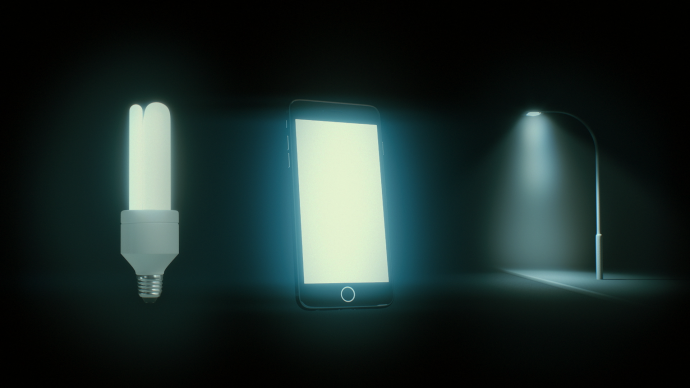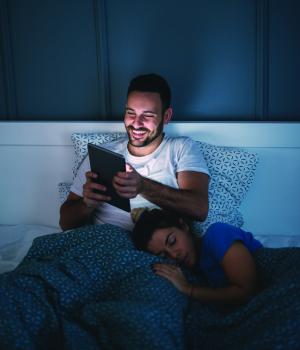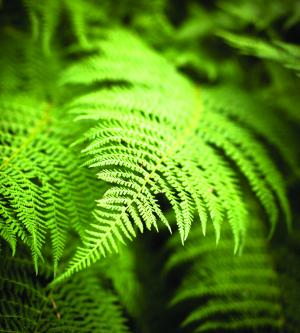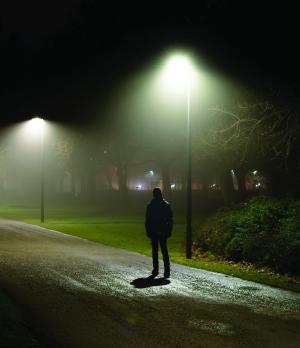Putanga iho | Solutions

Change bluer 'cool' lighting to more yellow 'warmer' lighting and reducing light and screen brightness are among possible solutions
There are many things we can do to protect ourselves and the environment from the harmful effects of exposure to artificial blue light.

Actions we can take to reduce harmful effects of blue light on our health:
- Be exposed to daylight in the morning and darkness at night for better circadian health and wellbeing.
- Limit blue light exposure from digital screens including smartphones, televisions and computers at night by reducing screen brightness, using night-time apps that lower blue light output or turning devices off.
- Replace cooler/brighter blueish-white lightbulbs with warmer coloured yellowish-white lightbulbs.

Actions we can take to reduce harmful effects of blue light on plants and wildlife:
- Be aware that plants and animals are also sensitive to light; some are strongly affected by blue wavelengths whereas others may be more strongly affected by other colours.
- Use outdoor lighting only when and where needed and ensure light does not spill into unintended areas.
- Change the colour of outdoor light by filtering or by changing the light source if it will benefit species in your area.

Actions we can take to reduce the harmful effects of blue light on the night sky:
- Be aware that light pollution reduces our ability to see features in the night sky.
- Reduce light pollution by using outdoor lighting only when and where needed; ensure light does not spill upwards or into unintended areas; and select amber or warm white sources over those with higher blue emissions.
- Modify the lighting of communities, parks, reserves and sanctuaries so that they meet international standards for good outdoor lighting practice set out in the Dark Sky Places Program.
